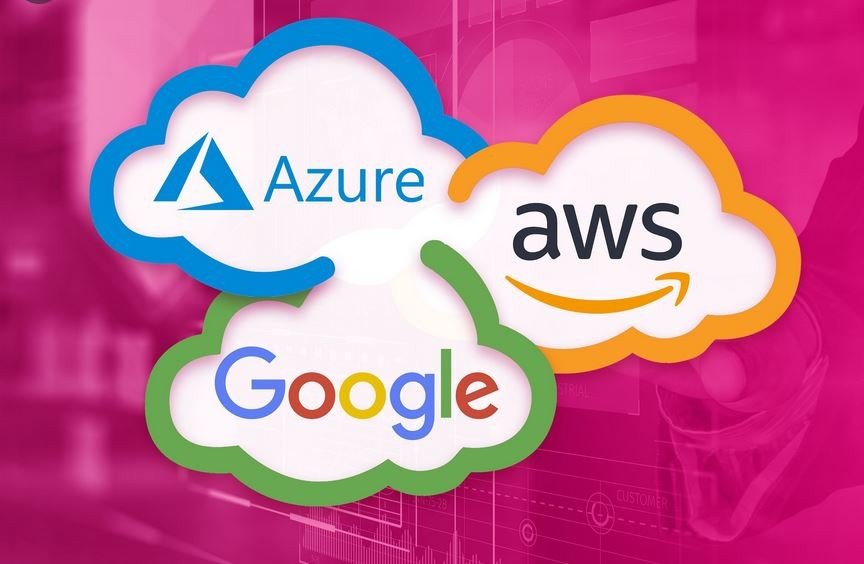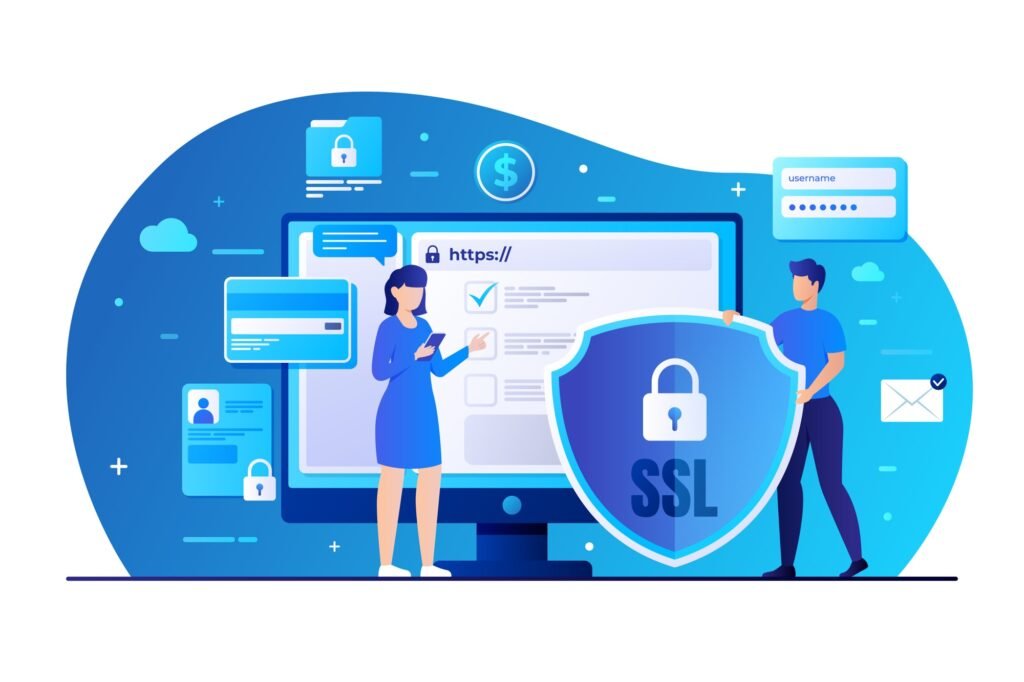Serverless computing has been transforming the way businesses build and deploy applications by eliminating the need for server management. As we move into 2024, serverless continues to grow and mature, offering developers more flexibility, scalability, and efficiency. This article explores the latest trends in serverless computing and how they are shaping modern software development.
1. What is Serverless Computing?
Serverless computing is a cloud-computing model where the cloud provider manages the infrastructure, scaling, and maintenance of the servers. Developers can focus solely on writing and deploying code without worrying about server management. Serverless architecture is often event-driven, meaning that functions or services are triggered by specific events, such as API calls or database changes.
Popular serverless platforms include AWS Lambda, Google Cloud Functions, and Azure Functions.
2. Key Serverless Computing Trends in 2024
a. Function-as-a-Service (FaaS)
Function-as-a-Service (FaaS) remains at the heart of serverless computing. In 2024, FaaS platforms have become more sophisticated, providing better support for languages, integration with other cloud services, and faster execution times. This makes it easier for businesses to run microservices and individual functions efficiently.
b. Serverless Containers
The rise of serverless containers has been a significant trend in 2024. Platforms like AWS Fargate and Google Cloud Run enable developers to run containerized applications without managing the underlying infrastructure. This approach combines the flexibility of containers with the benefits of serverless, such as automatic scaling and pay-per-use pricing.
c. Multi-Cloud Serverless
Businesses are increasingly adopting multi-cloud strategies, and serverless is no exception. In 2024, developers are building applications that can run seamlessly across different cloud platforms (e.g., AWS, Azure, Google Cloud) using serverless technologies. This approach reduces vendor lock-in and ensures applications remain resilient and cost-effective.
d. Serverless Edge Computing
With the growth of edge computing, serverless functions are being deployed closer to end users to reduce latency. In 2024, platforms like Cloudflare Workers and AWS Lambda@Edge are enabling developers to run serverless functions at edge locations, providing faster response times for real-time applications like IoT, gaming, and streaming services.
e. Serverless Databases
In 2024, the integration of serverless databases with serverless functions has become more common. Databases like Amazon Aurora Serverless and Firebase provide automatic scaling based on demand, reducing the need for manual capacity management. This helps businesses reduce costs while ensuring high performance during traffic spikes.
3. Benefits of Serverless Computing
a. Cost Efficiency
Serverless is a pay-as-you-go model, meaning businesses only pay for the compute resources they use, rather than provisioning and paying for servers upfront. This cost efficiency is ideal for applications with varying workloads or unpredictable traffic.
b. Scalability
Serverless architectures automatically scale based on demand. Whether an application receives 10 or 10,000 requests per second, serverless platforms handle the scaling behind the scenes, ensuring smooth performance without manual intervention.
c. Developer Productivity
By offloading server management to the cloud provider, developers can focus on writing code and delivering features faster. Serverless eliminates the need for managing infrastructure, freeing up time for innovation.
d. Reduced Operational Overhead
Serverless platforms manage all aspects of infrastructure, including patching, scaling, and security, which reduces the operational burden on IT teams. This allows organizations to focus more on core business objectives rather than infrastructure management.
4. Challenges of Serverless Computing
While serverless offers many advantages, there are also challenges to consider:
a. Cold Starts
One of the limitations of serverless functions is the cold start problem, where functions take longer to execute if they have been inactive for some time. In 2024, cloud providers have made strides in reducing cold start times, but it remains a concern for latency-sensitive applications.
b. Vendor Lock-in
Building serverless applications on a specific cloud provider can lead to vendor lock-in, making it difficult to migrate to another provider without significant effort. Multi-cloud strategies and container-based serverless solutions are helping mitigate this risk.
c. Monitoring and Debugging
Serverless architectures can be challenging to monitor and debug, as there is no direct access to the underlying infrastructure. However, in 2024, observability tools like AWS CloudWatch, Datadog, and New Relic have improved, providing better insights into serverless applications.
5. Emerging Use Cases for Serverless Computing
a. IoT Applications
In 2024, serverless is playing a crucial role in IoT (Internet of Things) applications. As IoT devices generate vast amounts of data, serverless functions process this data in real-time, ensuring scalability and low latency for applications like smart homes, industrial automation, and connected vehicles.
b. Machine Learning
Serverless is also making its way into machine learning workflows. Platforms like AWS Lambda and Google Cloud Functions are being used to preprocess data, trigger training jobs, and deploy machine learning models at scale, providing flexibility and reducing the complexity of ML pipelines.
c. Real-Time Applications
Serverless is ideal for real-time applications like chat apps, gaming, and financial services, where speed and scalability are critical. Serverless functions can respond to events in real-time, processing large volumes of data quickly without the need for complex infrastructure.
6. Future Trends in Serverless Computing
a. Serverless Orchestration
In 2024, more businesses are adopting serverless orchestration tools like AWS Step Functions and Azure Durable Functions to coordinate complex workflows. These tools allow developers to build serverless applications that involve multiple steps and dependencies, simplifying the orchestration of microservices and serverless functions.
b. Security Enhancements
Security remains a priority in 2024, with serverless platforms offering more built-in security features. Zero-trust architectures, end-to-end encryption, and advanced identity management tools (e.g., AWS IAM and Azure AD) are helping secure serverless environments against potential threats.
c. AI-Driven Serverless
Artificial intelligence (AI) is being integrated into serverless environments to optimize infrastructure management. AI-driven tools can predict traffic patterns, allocate resources more efficiently, and improve serverless application performance, further reducing operational overhead.
d. Serverless DevOps
The combination of serverless computing and DevOps is becoming more prevalent, with automated deployment pipelines and infrastructure-as-code tools supporting serverless architectures. In 2024, serverless DevOps tools streamline the development process, enabling faster delivery and higher-quality software.
Conclusion
Serverless computing continues to shape the future of cloud computing in 2024, offering businesses a cost-effective, scalable, and efficient way to build applications. With advancements in FaaS, serverless containers, edge computing, and multi-cloud strategies, developers have more tools than ever to create powerful, responsive applications without managing servers.
At TechsterTech.com, we provide expert guidance on adopting serverless technologies, helping businesses leverage the full potential of serverless computing to deliver modern, scalable applications.



